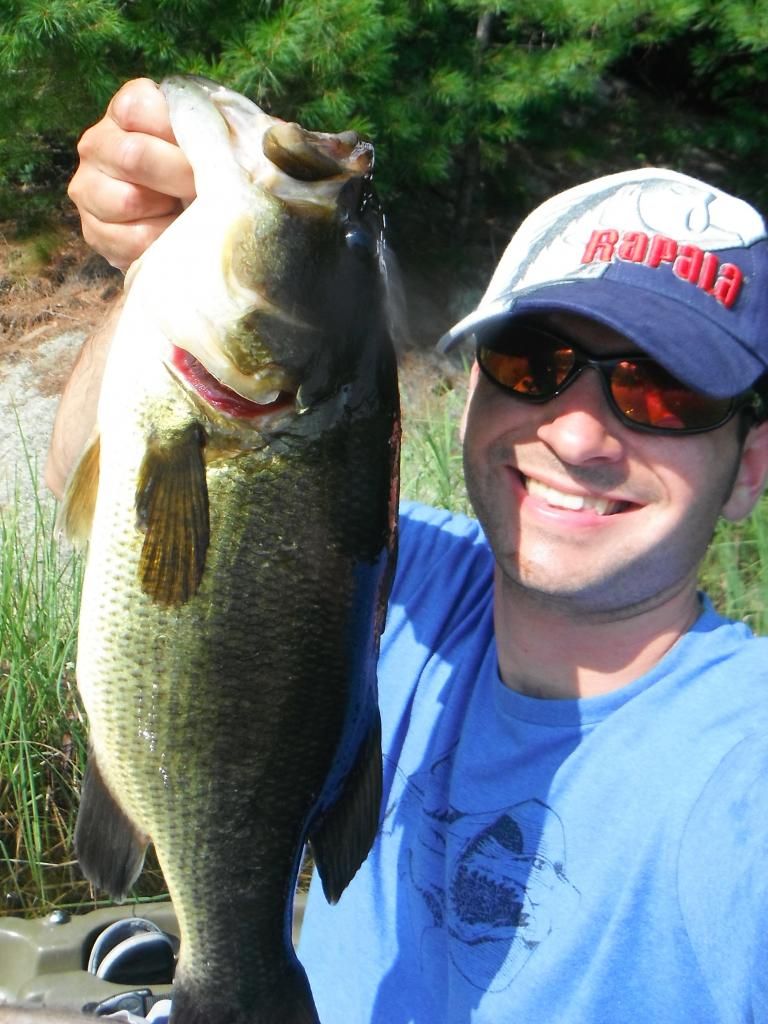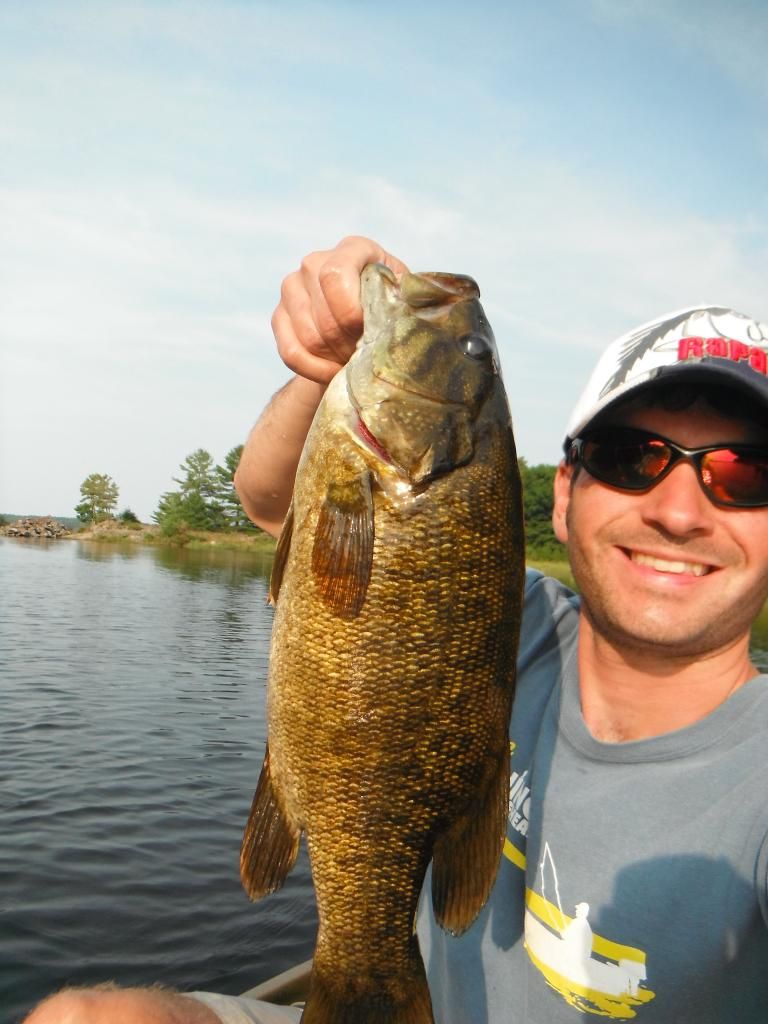Bow_Man said:
Very interesting Muskie, thanks for sharing. If you dont mind me asking what do you do for a living? Serious question, not trying to be a a_s or anything just wondering. I know you mentioned something in the sciences.
cheers
Currently trying to write my thesis (which is why I'm procrastinating and posting on forums LOL). My lab studies genetic instability in prostate cancer (or cancer in general)...whether the instability is generated from microenvironmental factors such as tumour hypoxia, or from treatment such as radiation or chemotherapy. We study how cells develop DNA damage and mutations and how cells recover from such damage. All of this has implication on prognosis and outcome clinically. My particular project focuses on a particular type of cells from a patient with a particular mutation in a DNA repair response protein. It's a ubiquitin E3 ligase that is important for propagating the DNA damage response, and more current evidence suggests (although yet to be completely proven) that this protein acts as a switch in the cell to determine which DNA repair pathway the cell will choose, depending on which phase of the cell cycle, as well as compensating factors when other factors within the repair pathway is defective. Deficiency in this protein lead to a delayed repair and lower repair efficiency in the cell, leading to genetic instability such as deletions or translocation or loss of chromosome fragments (ie, mutations) which is an important step toward developing an unstable phenotype. Accumulation of genetic instability is a hallmark of cancer, so unrepaired DNA damage is a path toward tumour development (tumourigenesis).
But DNA damage, especially DNA double strand break, is also the mechanism used to kill cancer cells. Radiation creates DNA damage in cells severe enough that a 2Gy does can kill 50% of the cells. Right now some radiation treatment regime used fractions of 2Gy for 30+ fractions to treat prostate cancer. A straight 60Gy will kill cells beyond repair, but to use such dose will also damage important organs, such as the large intestine (affect bowel movement), bladder (affect urination control), and the unaffected prostate areas (affecting sexual function or general hormonal issues). A fractionated dose allow cells to recover in between treatment (since 50% of the cells can recover and replenish the tissue)...thus reducing the side effects.
If we can screen patients with this mutation in my protein of interest, than we can inform the patient whether they are prone to developing cancer...and perhaps developing treatments to mitigate the issue. If we know a patient has such mutation and is entering cancer treatment, then we may be able to make decision on whether it is suitable for such patient to receive treatments that causes DNA damage. If only the tumour has the mutation, then a DNA damaging agent will only severely affect the tumour, which is actually a good thing and what we desire. The normal cells would repair the damage faster (protein function proficient...or DNA repair efficient) and be less affected compared to the tumour (protein defective...repair deficient). We can reduce the dose of drug use and still get the same cell killing effect in the tumour cells. Perhaps, using the defective protein as our study model, we can create drugs that block the function of the protein, such that we can make the tumour much more sensitive to the radiation and DNA damage. Again, this allows us to reduce the dose to reduce normal tissue side effects, yet still maintains a therapeutic efficacay in treating the more susceptable tumour (after we applied the drug against the DNA repair mechanism).
That's what I currently do in a nutshell. Which is why numbers and figures and facts are so important in my mind...because we can't just make up a figure and say "The patient have 50% chance of survival from this cancer treatment." or "The patient prognosis is poor because the tumour is very hypoxic."...if we can't back it up with actual studies with verified data (numbers). At the end, it really is life or death...I'm not exaggerating. I can't be a researcher doing experiments and reporting data knowing full well that if my data is even remotely debatable or uncertain, it can lead to other research results that is incorrect...which may ultimately affect patients in the clinic. There is no "I think it is 31 inches" in my field. It's either "It measured 31 inches, see figure 1." or "We cannot be certain at this time it measured at 31 inches, as such, the data was not reported. Further study is required."
But I'm entering Teacher's College in less than a month so I can be a highschool science teacher in the future. Academic research is too stressful nowaday with funding being cut back all the time and faculty positions being ever more competitive. Industry option is something I've considered but I don't particularly enjoy the stress and restrictions working under such settings (ie, if I find an interesting result, if it is not within scope of the project, I can't put resources to investigate that "question"). I love working with young people...am told I'm very patient...and hell, I can have Christmas, March Break and summers off...with a great pension...why not!
Blah...I just wrote another 1000 word essay...it's easy for me to get carried away...back to serious thesis writing for me...and fish size guessing for the rest of you.




